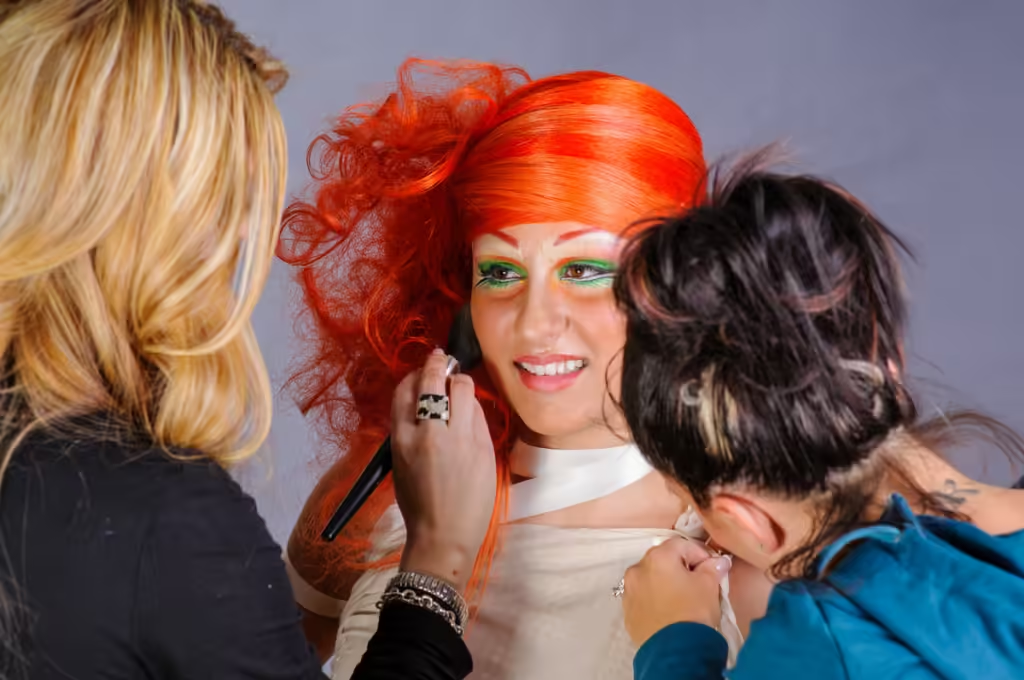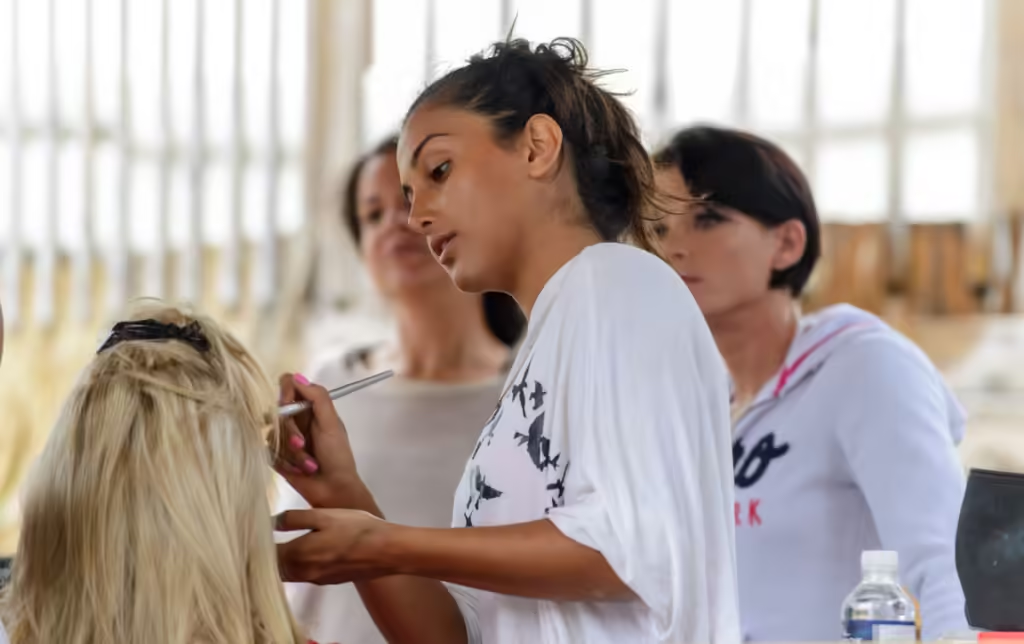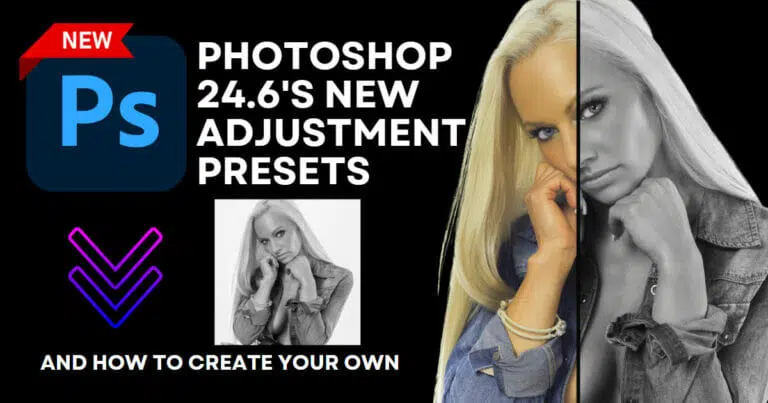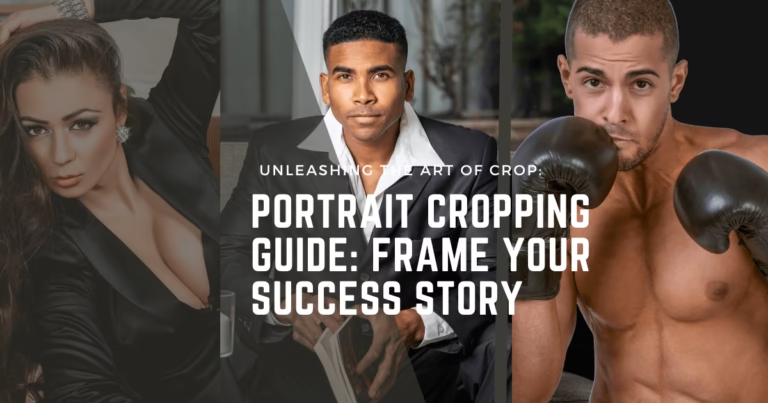Introduction
7 mins read!
Navigating the world of photography means mastering a language all its own. At its heart lie four critical concepts: TFP photography, Test shoots, Editing, and Retouching – terms that can make or break creative collaborations. While these cornerstones of image creation shape every photographer and model’s journey, they’re often misunderstood, leading to confused expectations and frustrated creatives. Let’s demystify these essential elements, giving you the confidence to navigate both your shooting sessions and post-production processes with clarity and purpose.
Whether behind the camera or in front of it, understanding these distinctions transforms every collaboration. TFP sessions create space for both photographers and models to explore their creative vision freely – experimenting with new techniques, styles, and artistic expression. Test shoots, by contrast, offer structured opportunities to demonstrate and refine commercial appeal and technical proficiency. Both formats serve vital roles in portfolio development and professional growth, each with its own unique benefits and expectations.
As we explore these essential elements of modern photography, you’ll also discover the crucial difference between Editing and Retouching – a distinction that affects both the creative process and final deliverables. When both artists understand these foundational concepts, collaboration flourishes, leading to stronger portfolios and professional relationships that benefit everyone involved.


Breaking Down TFP vs Test Shoots
What is TFP?
Time For Prints (TFP) is a collaborative arrangement where participants trade their time and skills in exchange for final images. Traditionally, this meant receiving physical prints, but now digital files are the standard.
For photographers, TFP allows you to experiment with creative concepts or hone your skills without the pressure of a commercial project. It’s an opportunity to build your portfolio, connect with models, makeup artists (MUAs), and stylists, and explore your creative vision.
For aspiring models, TFP provides the chance to work with experienced creatives, build your portfolio, and gain confidence in front of the camera without a financial commitment. It’s crucial to remember, though, that TFP is a trade, not free work. You’re offering your time and professionalism in exchange for high-quality photos.
Deliverables & Expectations for TFP:
- For Photographers: Deliver edited, high-resolution images within a mutually agreed time frame. Be clear about the number of images the model will receive and outline usage rights in the agreement.
- For Models: Maintain professionalism by arriving prepared and ready to collaborate. Understand that photographers are providing their time and expertise in exchange for portfolio-building images. Most important is to obtain and read through any contract so you are fully aware and informed.

What are Test Shoots?
Test Shoots differ from TFP in their purpose and structure. They can be either paid or unpaid, depending on the arrangement. These shoots are typically more focused and controlled, serving as an opportunity to try new ideas, gear, or assess a model’s potential.
For photographers, test shoots are a safe space to experiment with new lighting setups, gear, or styles. You can push your creative limits without the high stakes of a commercial project. Many established photographers also use test shoots to determine if a model is suitable for upcoming projects.
For aspiring models, these shoots are often used by agencies to gauge your versatility, expressions, and readiness for specific types of work. Think of them as auditions in front of the camera—so it’s essential to bring your A-game. Obtain and read through any contract so you are fully aware and informed.
Deliverables & Expectations for Test Shoots:
- For Photographers: Communicate the goal of the shoot clearly and whether the model will receive images. If images are provided, discuss delivery timelines and expectations regarding editing or retouching.
- For Models: Be prepared to showcase your versatility and adaptability. Test shoots often serve as a proving ground, so take direction well and show that you can handle different concepts confidently.

The Critical Divide: Editing vs Retouching
Editing: The First Step of Post-Production
One common misconception among creatives is the belief that editing and retouching are synonymous. In reality, they are distinct stages in the image refinement process.
Editing serves as the foundational step. Here, photographers make key adjustments to exposure, contrast, color balance, and basic composition. This stage refines the captured image to present the best possible version while maintaining its authentic qualities. It’s not about altering the core of the image, but rather enhancing it to align with the photographer’s vision.
Retouching, however, is a more advanced phase, focusing on precise enhancements such as skin retouching, background adjustments, and intricate corrections tailored to a specific look or purpose.
For photographers, editing is where you ensure all images have a cohesive visual style, aligning with your creative vision. This step is usually carried out in bulk using software like Lightroom or Capture One.
For models, understanding this process can help you manage your expectations. Editing is not about drastically changing an image in appearance, setting or details —it’s about creating a polished and consistent look that aligns with the intended mood of the shoot.
Retouching: The Art of Image Refinement
Retouching, by contrast, elevates an image to its final, polished state. This detailed process involves pixel-level adjustments – smoothing skin while preserving texture, removing temporary blemishes, and enhancing natural features. Professional retouchers spend hours ensuring these changes appear seamless while maintaining the subject’s natural essence. Think of it as fine-tuning rather than transformation.
For models, knowing the difference between editing and retouching can help you set realistic expectations. Retouching can enhance features and correct imperfections, but it’s not meant to completely transform you. Authenticity always wins.

Key Takeaways for Photographers and Models
- TFP is a Collaboration: Photographers and models benefit equally. Approach it professionally, with clear communication about creative direction and image rights.
- Test Shoots Are About Experimentation: For photographers, it’s a chance to explore new ideas and gauge a model’s versatility. For models, it’s an opportunity to demonstrate your adaptability and professionalism.
- Editing Ensures Consistency: Photographers use editing to polish and create a cohesive visual story, while models should understand that it’s about enhancing the final result, not overhauling it.
- Retouching Adds the Final Touch: It’s a more detailed refinement process that focuses on correcting imperfections without compromising authenticity.
Why These Differences Matter
Understanding these distinctions directly impacts your professional relationships and final results. When you agree to a TFP shoot, both parties should know exactly what they’re investing and what they’ll receive. Similarly, recognizing the difference between editing and retouching helps set realistic expectations for delivery timelines and final images.

Further Reading and Professional Insights
- Professional Standards for Working with Models
- Working with Models: A Beginner’s Guide
Comprehensive guide on TFP etiquette and expectations, addressing professionalism in collaborations.
- Working with Models: A Beginner’s Guide
- Guidelines for Image Retouching
- Retouching Academy: Professional Retouching Workflow Retouching Academy offers insights into industry standards for retouching, discussing workflow, techniques, and the importance of detailed enhancements.
The Bottom Line
Understanding these distinctions – from shoot types to post-production processes – empowers both photographers and models to build meaningful collaborations. Whether you’re planning your first TFP session or preparing for a commercial test shoot, this knowledge ensures clear expectations and professional results. Success in the creative space isn’t just about mastering techniques or poses; it’s about understanding how these fundamental concepts shape the journey from concept to final image. When both artists approach each collaboration with this shared understanding, the results elevate everyone’s creative vision and professional growth.
Glen E. Grant blogs about photography, marketing, and AI’s impact on creative industries. Find more insights and join the discussion on Threads, Facebook, or reach out to me here on any topic.











